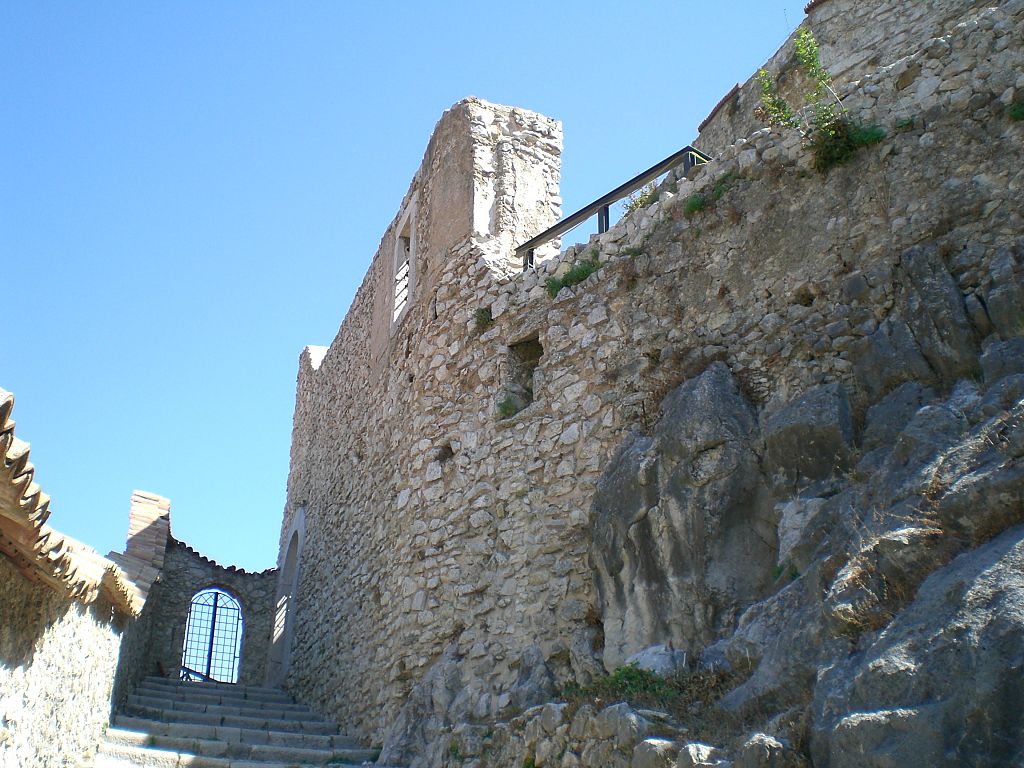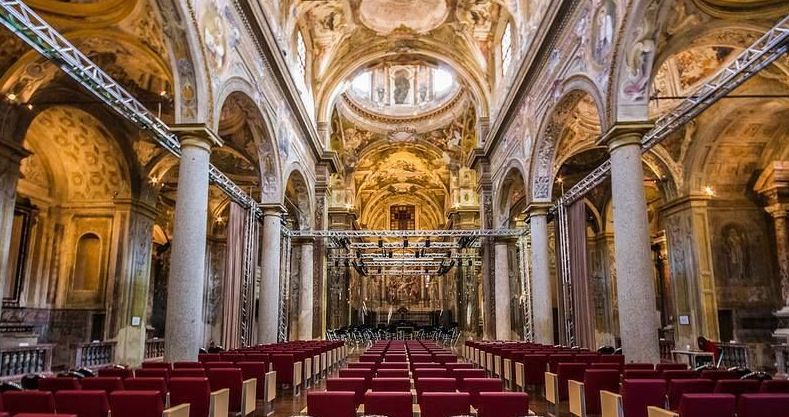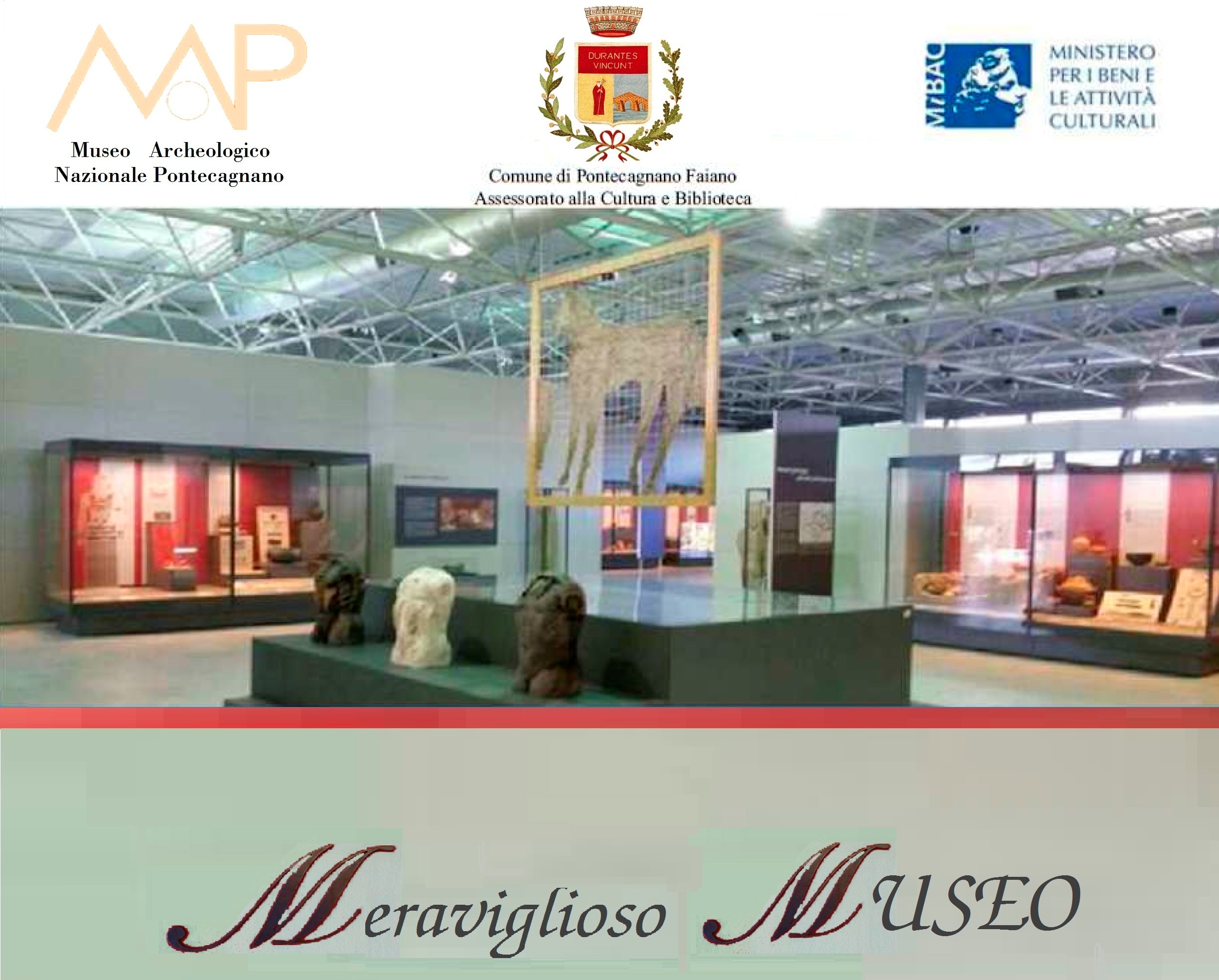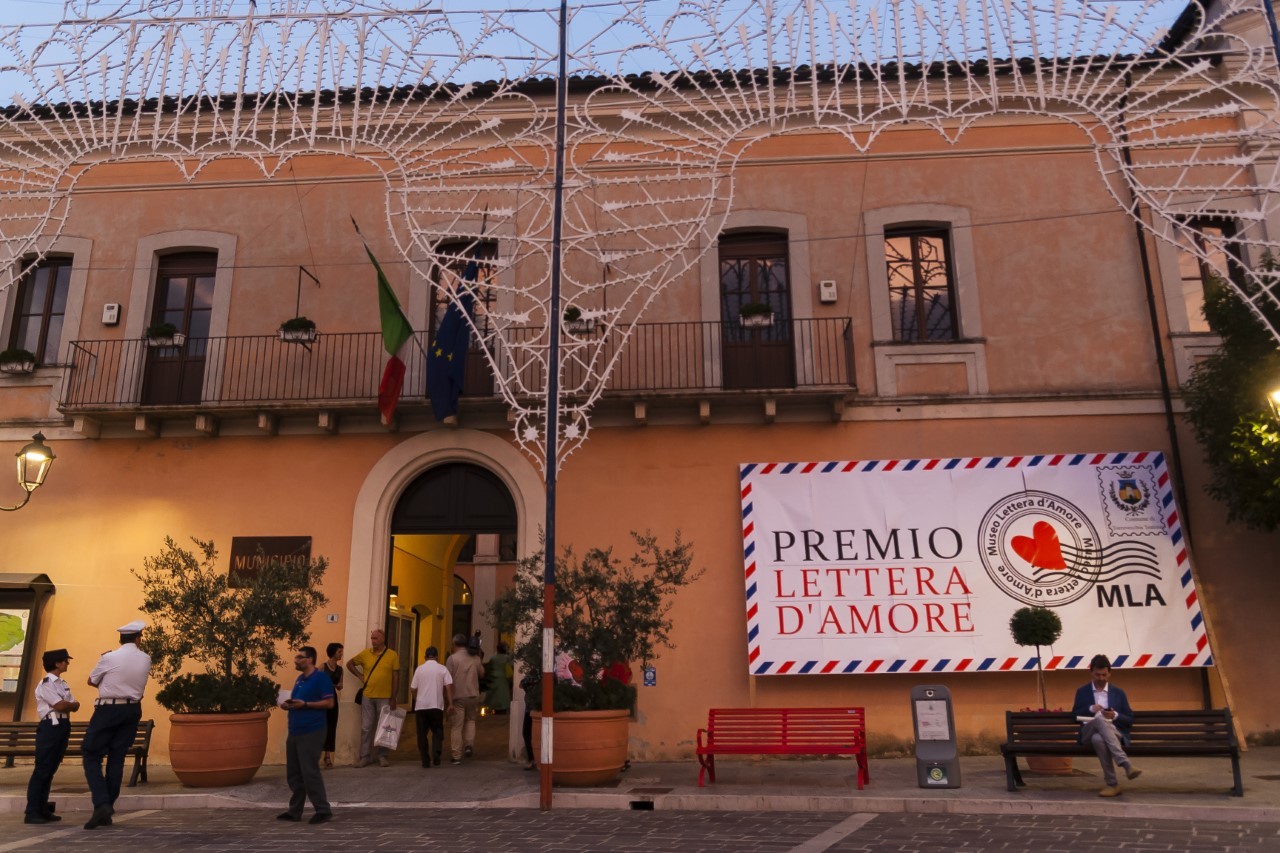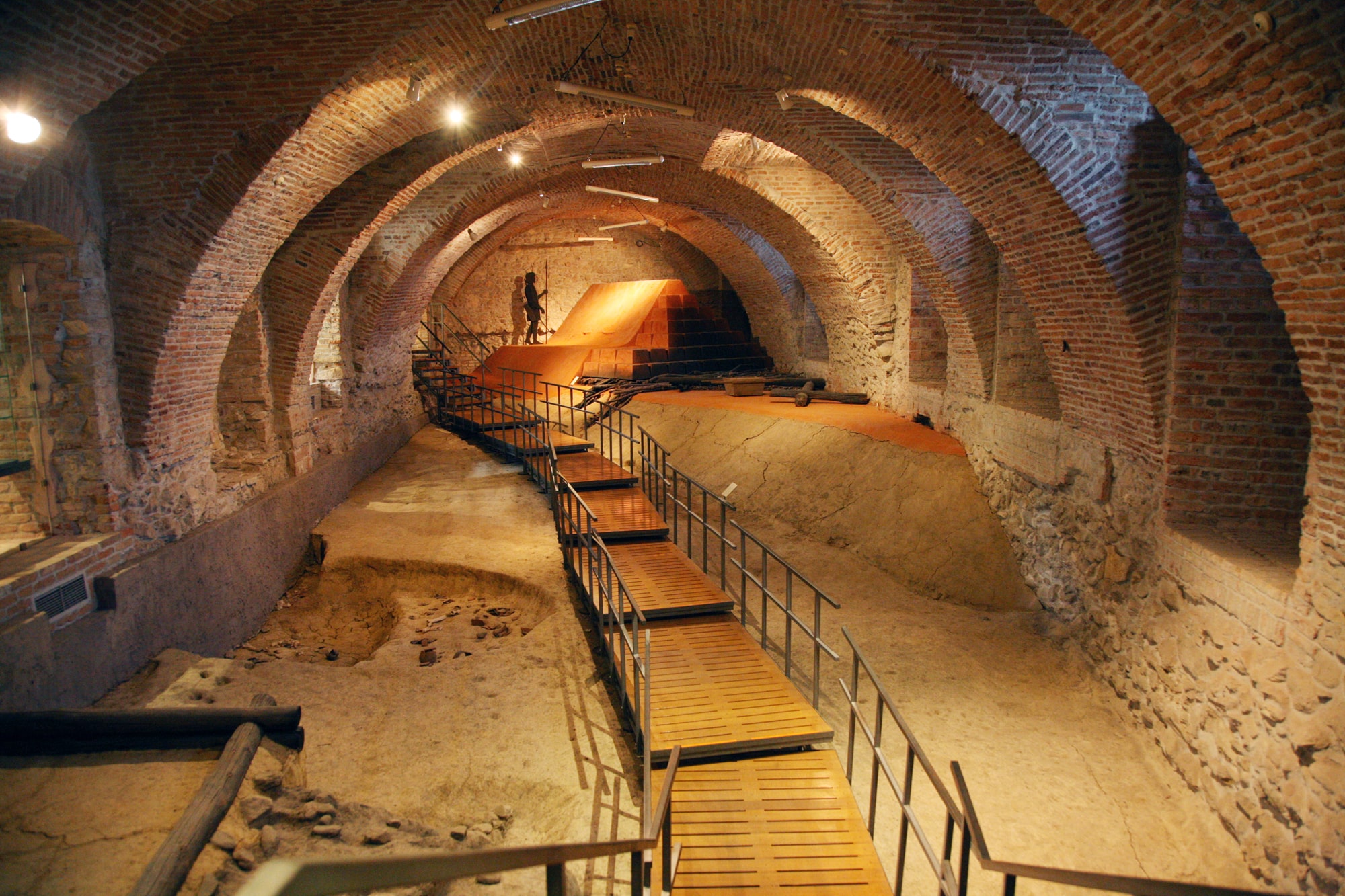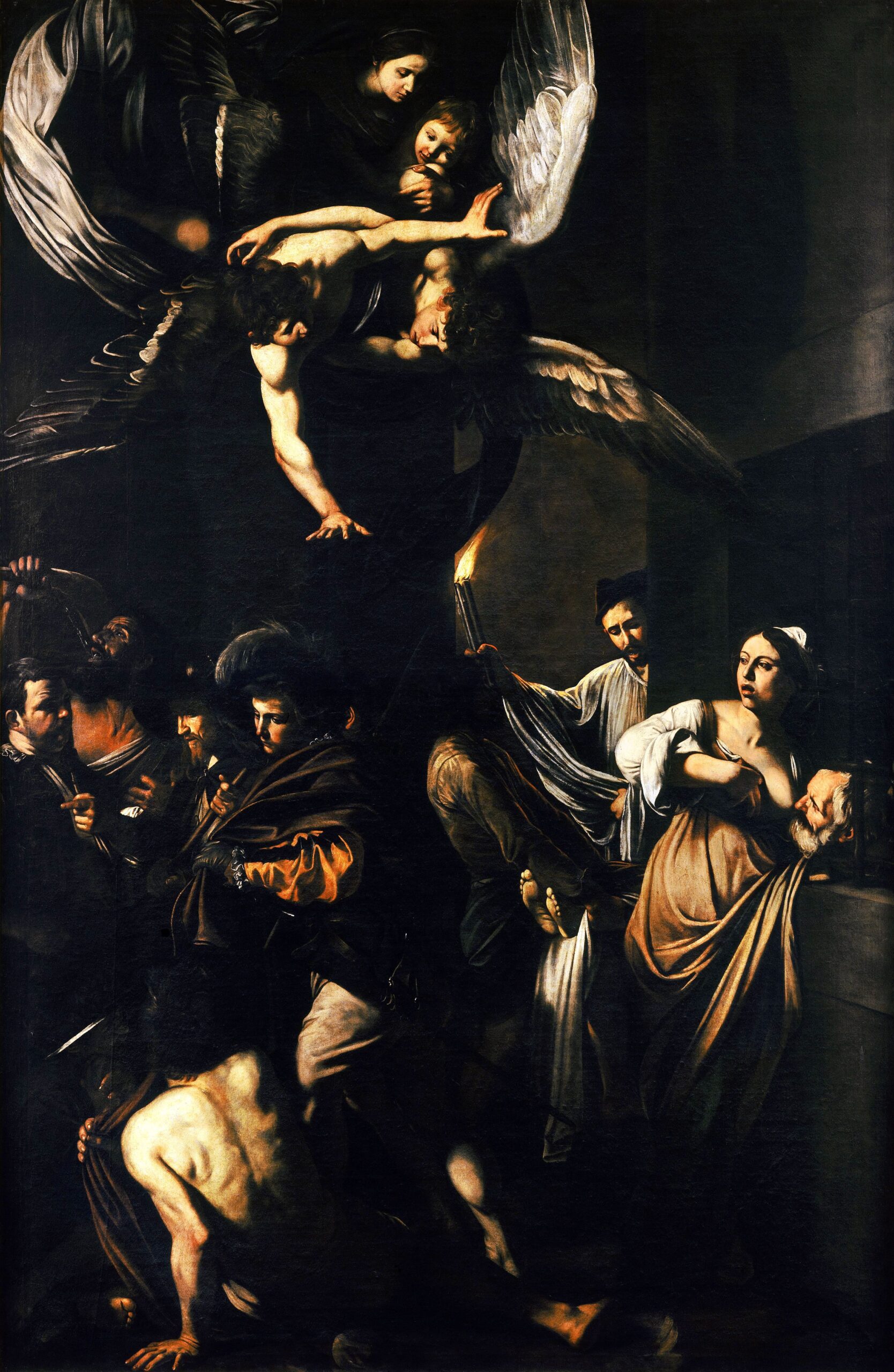The Museum, inaugurated in 2004, is located in the Baronial Castle of the village of Oliveto Citra. It hosts a first nucleus of finds deriving from the documentation of the excavation campaigns of 1928-29 which yielded 65 burials, covering a wide chronological span, from the 8th-7th century to the 4th-3rd century BC. expression of the culture of “Oliveto-Cairano’’ that in the’sphere of the "culture of the pit tombs’’ represents a unicum for the strong conservatism and the’exuberance of the’female ornamentation. The female grave goods in fact show a singular richness with elements absolutely characteristic, overloaded in all their parts of ornaments, as evidenced by the numerous objects that appear in the trousseaus with particular abundance; exposed, with the reconstruction of a female ornamental costume inside the Museum (demonstrating the solemn and sacred image of the woman of Oliveto Citra as an example characterizing this culture). The grave goods of the fourth century BC of Oliveto are similar to those of other centers of Samnite Campania, a sign that this site also participated in the phenomenon of “Sannitization of Campania”, which occurred during the second half of the fifth century BC. For the IV-early III century B.C. the necropolis has given back vases with black paint and "a red figure" and obviously geometrically decorated pottery; an interesting indication of the Sannitization of the territory are the bronze belts, a peculiar element of the Sanniti costume. \(MIBAC)
